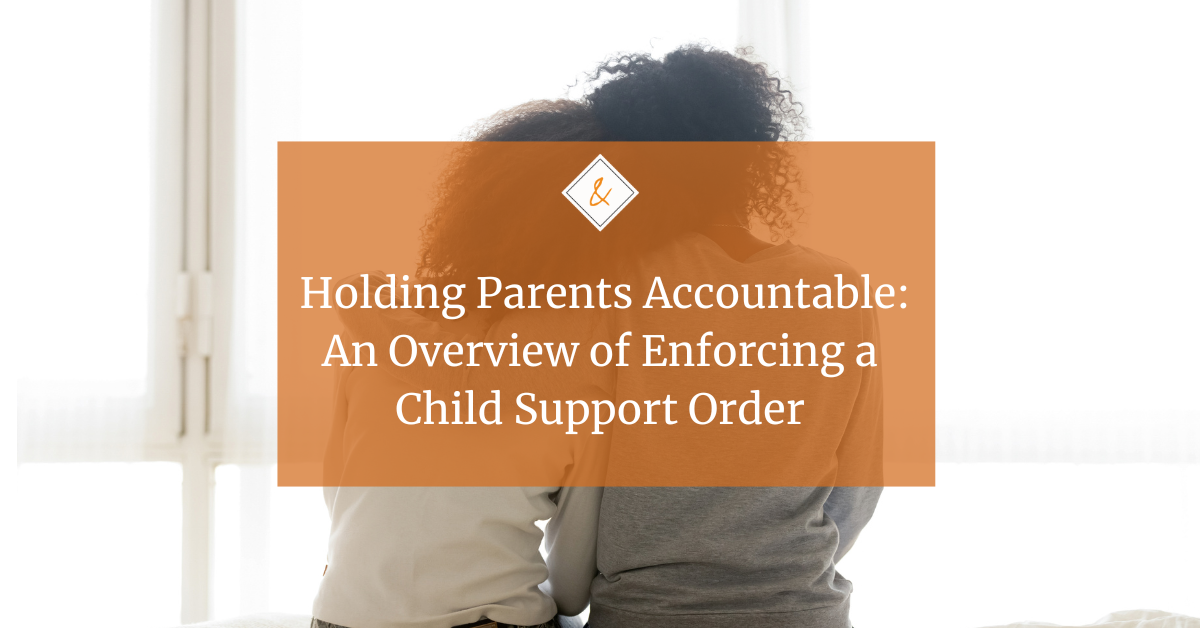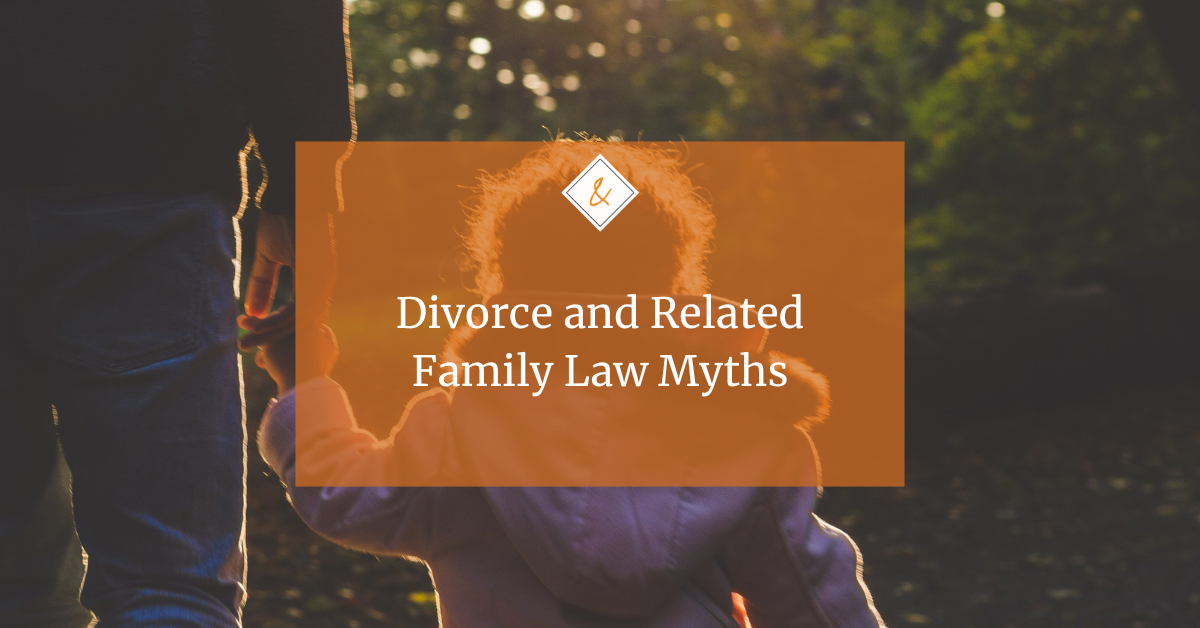In Pennsylvania, our divorce statute provides that cohabitation may be a bar to alimony – but what does that mean?
The issue of cohabitation raises concerns for both alimony payers and recipients as both want to carefully understand their obligations and rights.
How is Cohabitation Defined?
Not all cohabitation would be a bar to alimony under the Pennsylvania Divorce statute. The statute provides some guidance as to the legal definition of cohabitation. The statute explains that the cohabitation has to be with “a person of the opposite sex who is not a member of the family of the petitioner within the degrees of consanguinity.”
Pennsylvania case law further requires for it to be actionable as a bar to alimony, the cohabitation should involve two persons of the opposite sex residing together in the manner of husband and wife and mutually assuming those rights and duties usually attendant upon a marriage relationship.
Courts have placed particular importance on finding some “showing of support in a financial sense” between the cohabiting individuals.
The Courts have specifically stated that “occasional sexual liaisons” do not constitute cohabitation.
How do you Prove Cohabitation?
Cohabitation can be difficult to prove but may be established in many ways including, but not limited to:
- Evidence of financial, social, and sexual interdependence;
- By a sharing of the same residence; and/or
- By other means.
How Long Must the Cohabitation Last to be a Bar to Alimony?
Current Pennsylvania case law does not specify a minimum length of time for cohabitation to become a bar to alimony and that will be considered by the Courts on a case by case basis. However, Pennsylvania case law does show that once there has been cohabitation, even if that cohabitation ends and even if it is short term, the cohabiting spouse does not then become re-eligible to receive alimony once it has been terminated. In certain cases, even with only a four (4) month period of cohabitation, a court terminated an ex-wife’s right to receive alimony. In most cases, Courts will not reinstate alimony because an alimony recipient’s cohabitation relationship has ended.
Examples of What is – and What is not – Cohabitation
Description |
Cohabitation? |
| Ex-Wife (alimony recipient) and a Male “Friend” are sharing a bedroom, are intimate, eat meals together in at home and at restaurants, Male “Friend” takes Ex-Wife’s children to school and performs household repairs and buys the family gifts. Male “Friend” receives mail and phones calls at Ex-Wife’s home… Male “Friend” does not contribute towards household expenses. | Yes |
| Ex-Husband (alimony recipient) moves back in with his parents to save money. | No |
| Ex-Wife (alimony recipient) moves in with her former female college roommate to save money. | No |
| Ex-Wife (alimony recipient) and boyfriend spend 3 nights a week at boyfriend’s home and 4 nights a week at Ex-Wife’s home. They share expenses and household responsibilities. | Maybe |
| Ex-Husband (alimony recipient) meets a girl at a bar and they have a brief romantic encounter which involves Ex-Husband sleepovers at the girl’s home most nights for a week. | No |
Cohabitation and Property Settlement Agreements
If your case was resolved by a Property Settlement Agreement, the Cohabitation Bar to Alimony would not apply unless your Agreement specifically included such language. Further, your Agreement may otherwise define Cohabitation in a manner other than how it is defined by statute or case law.
Conclusion
If you are the recipient of alimony and are cohabiting or you are the payer of alimony and suspect your ex-spouse is cohabiting, it is important you speak to an experienced family law lawyer to understand your risks, rights and obligations under these circumstances.



